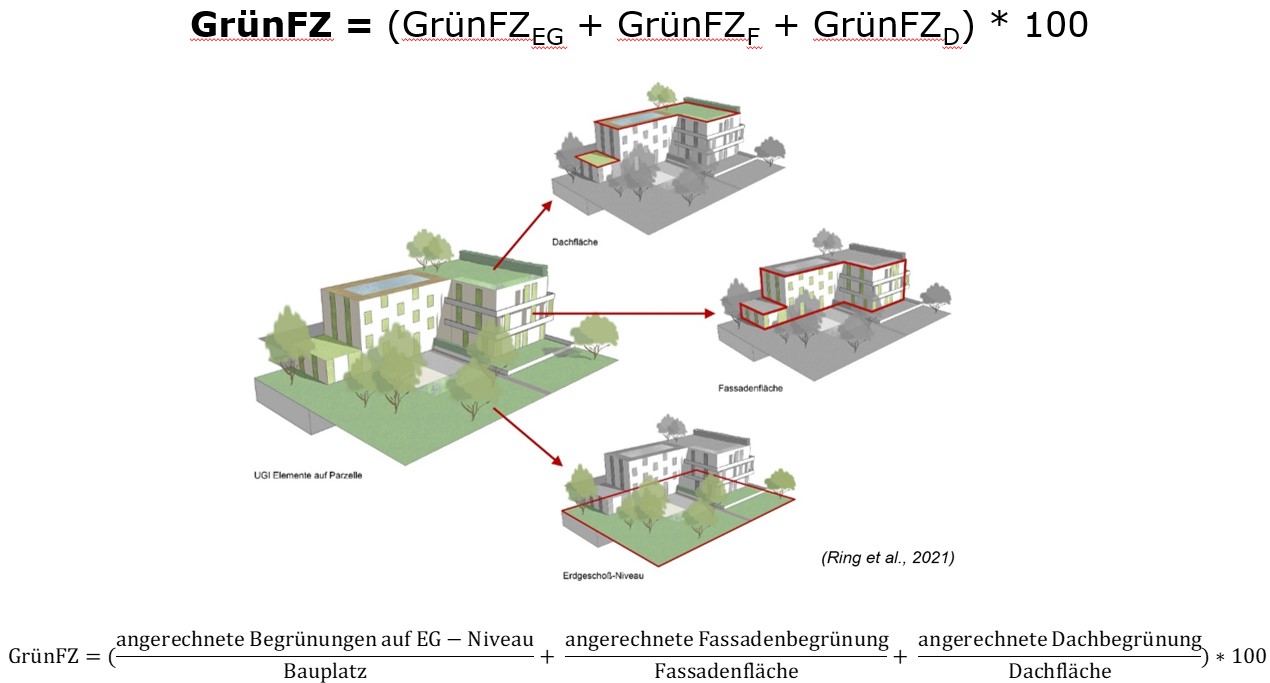Thessaloniki gets ready for its metro launch in November
The underground rapid transit lines have been under construction for almost two decades due to various project delays
 TheMayor.EU logo
TheMayor.EU logo The city is a pioneer in developing the new ecological framework that will provide fair and transparent green obligations for new development
Yesterday, the city of Salzburg in Austria presented GrünFZ - a new framework for calculating the amount of greenery a newly constructed building should have. The Institute for Landscape Planning of the University of Natural Resources and Life Sciences in Vienna (BOKU) developed the concept, using a mathematical formula considering a building’s living space and surface area as well as variables, such as nearby trees.
According to the deputy mayor of Salzburg Barbara Unterkofler, this framework will contribute to a transparent, fair and streamlined approach to greening the city – a major priority for the current administration.
Local authorities were adamant that this is the first time a city in Austria uses anything resembling an algorithm on how much green space a new construction project needs.
Every new construction project in the city will have to use the framework to determine the amount of greenery that should be added to the building. The project should accommodate green roofs, green façade and green spaces around the structure.
At the same time, the framework can help in determining the exact type of greenery, as it considers trees, green roofs and grass lawns as multipliers. Each element in the green infrastructure has its own assigned scientific weight, respective to its ecological impact.
This is one of the main contributions of BOKU, as they used their expertise to conduct a research project to determine the benefits and drawbacks of the green elements.
The target value of greenery under GrünFZ is primarily determined by the size of the construction project, and the framework envisions three categories:
 A visualisation of the green formula, Source: City of Salzburg
A visualisation of the green formula, Source: City of Salzburg
The actual calculation of the necessary greenspace will be simple and will happen through an Excel spreadsheet provided by the city. First, planners will have to input some basic information, such as floor area, façade area and roof area. Then they have to add the green proposal to the mix: number of trees, lawn area and etc.
After that, the spreadsheet will do the calculation and determine whether the project reaches the targeted green value. Developers will have to submit the GrünFZ spreadsheet along with the building plan when applying for a permit from the city.
Barbara Unterkofler was quoted in a press release as saying: “Early and active adaptation to developments in climate change is essential. This is our responsibility to the citizens now and future generations as well. It is particularly important to me that we do not let things play out and come to us, but that we take action".

The underground rapid transit lines have been under construction for almost two decades due to various project delays

Now you can get your wine in Talence by paying directly in Bitcoin

That’s because the state has to spend money on updating the railway infrastructure rather than subsidizing the cost of the popular pass

Rethinking renewable energy sources for the urban landscape

The examples, compiled by Beyond Fossil Fuels, can inform and inspire communities and entrepreneurs that still feel trepidation at the prospect of energy transition

Now you can get your wine in Talence by paying directly in Bitcoin

The 10th European Conference on Sustainable Cities and Towns (ESCT) sets the stage for stronger cooperation between the EU, national and local level to fast track Europe's transition to climate neutrality.

At least, that’s the promise made by the mayor of Paris, Anne Hidalgo

The underground rapid transit lines have been under construction for almost two decades due to various project delays

At least, that’s the promise made by the mayor of Paris, Anne Hidalgo

Hostal de Pinós is located in the geographical centre of the autonomous region

Despite its church-y name, the district has long been known as the hangout spot for the artsy crowds

Urban dwellers across the EU are having a say in making their surroundings friendlier to people and the environment.

Forests in the EU can help green the European construction industry and bolster a continent-wide push for architectural improvements.

Apply by 10 November and do your part for the transformation of European public spaces

An interview with the Mayor of a Polish city that seeks to reinvent itself

An interview with the newly elected ICLEI President and Mayor of Malmö

A conversation with the Mayor of Lisbon about the spirit and dimensions of innovation present in the Portuguese capital














